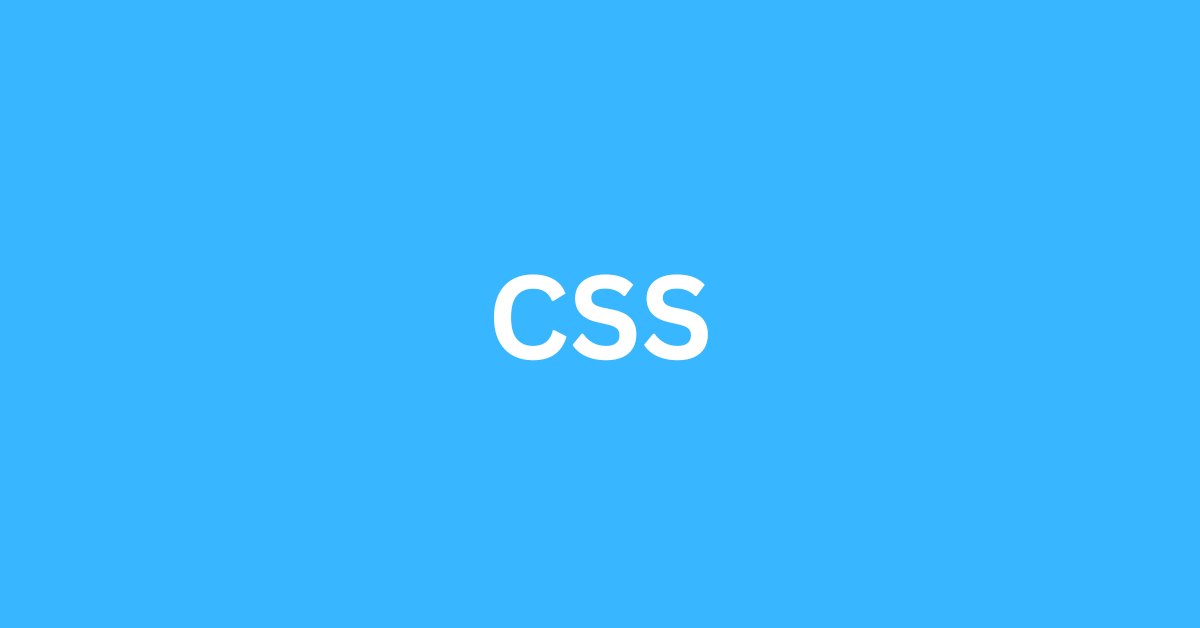HTML and CSS are both fundamental components of web page design. CSS, also known as Cascading Style Sheets, is a visual language that works in tandem with HTML to give web pages structure and styling. Knowing how to make different types of CSS in HTML can help you create beautiful and functional websites. This article will discuss the various kinds of CSS available and how to create them in HTML.
Types of CSS in HTML
First, we will look at inline CSS, which is added directly into an HTML element using a style attribute. This type of CSS allows us to apply a unique style or set of techniques to only one element on our page rather than all elements sharing the same style. Another way to add CSS is through internal styling sheets, which are placed in the head section of an HTML document and use the < type> tag.
Types of CSS corp Chennai
CSS stands for Cascading Style Sheets used to style HTML documents. CSS Corp Chennai is a leading web application development and technology service provider. The experts at CSS Corp Chennai aim to provide customers with innovative solutions that help them stay competitive in their respective industries.
The experts at CSS Corp Chennai have a wealth of experience developing different types of CSS. They can work with you to create custom styles for your website to make it stand out from the competition. Through their extensive knowledge, they can also help you create responsive designs that will look great across multiple devices and browsers.
Their team is well-versed in creating user-friendly interfaces and efficient navigation systems, allowing users to find what they are looking for quickly and easily on your website.
External Style Sheet
An external style sheet is a powerful tool for creating different types of CSS in HTML. An external style sheet allows you to store all your styles and formatting commands into one file, which can then be linked to any HTML document. Having an external style sheet makes it easier for developers to keep their code organized and manage changes quickly and efficiently. It also enables the reuse of the same styling rules across multiple web pages, resulting in more consistent web designs.
Creating an external style sheet involves writing your desired styles into a separate .css file, which can be linked from within the <head> tag on each webpage that requires those specific stylings. This style sheet enables developers to define multiple classes for almost any element, allowing them to create versatile page layouts easily.
Creating a Separate File for CSS
When creating a separate file for CSS, it is important to keep everything organized to find what you are looking for easily. Start by creating a folder on your computer that will house all your CSS files and name them accordingly, so they are easily distinguished from one another. Next, make two or three different types of CSS: internal style sheets (used within a single HTML document), external style sheets (referenced in multiple HTML documents), and inline styles (embedded in individual elements).
Creating a Separate File for CSS is an important part of web design. Separating the CSS from the HTML code makes it much easier to make edits and changes in the future. It also helps improve website performance and maintainability, making the code more organized and easy to read.
Basic Syntax: Rules & Properties
Rules & Properties are important for understanding how to make different types of CSS in HTML. CSS is a style sheet language used to define the look and feel of web pages. It is essential to understand the basics of this language before attempting more complex tasks, such as creating custom layouts or styling elements. Knowing the rules and properties of basic syntax can help you create effective and efficient designs that will make your website stand out from the crowd.
The most important aspect of learning basic syntax involves understanding its rules and properties, which can be divided into two main categories: selectors and declarations. Selectors are denoted by symbols like dots (.) or hashes (#) and refer to specific elements on a page, while declarations define what should happen when a selector is triggered. Declarations often contain values that specify font size, color, padding, margin, etc.
Selectors: Identifying Elements
Selectors are an important tool for creating and customizing HTML documents. They allow developers to identify and style specific elements, making creating a visually appealing website easier. Selectors can be used to access a variety of features, including classes, ids, elements, attributes, and more. With the right selectors in place, developers can easily make different types of CSS in HTML.
In order to use selectors for styling HTML documents, developers must understand how they work. For example – when selecting a class or id element with a selector – the syntax should be written as “.classname” or “#idname,” respectively; this ensures that the correct part is targeted when writing the code.
Classes and IDs: Defining Groups
Classes and IDs are powerful tools in web design. They provide an easy way to define and group HTML elements, allowing for greater control over the look and feel of a website. With the use of classes and IDs, web designers can create different types of CSS in HTML for various uses.
By assigning classes to particular elements, designers can group similar pieces of content with similar styles. It allows for faster implementation when making changes, as only one type needs to be changed instead of adjusting each element separately. IDs are used for specific needs, such as unique styling on one page or creating navigation menus. By setting rules with ID selectors, designers can target particular locations with additional styling options that fall outside the scope of classes.
Conclusion:
When working with HTML and CSS coding, creating a visually attractive website requires attention to detail. It is important to consider all design aspects, including font size, color palettes, styling elements such as borders or drop shadows, and content placement on the page. With careful consideration, ideas from a designer’s mind can become a reality using these two web languages. In conclusion, HTML and CSS are essential for any successful website design project.
Read More About PHP Development


